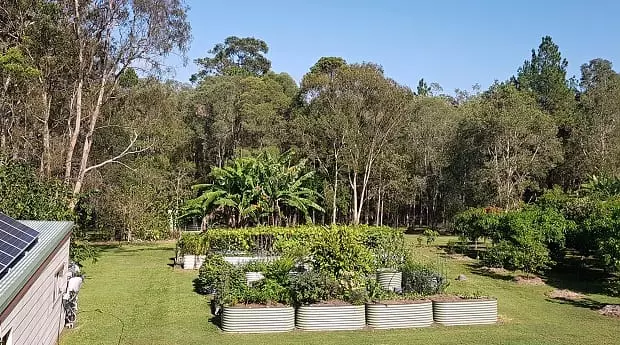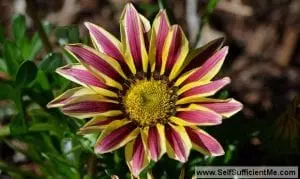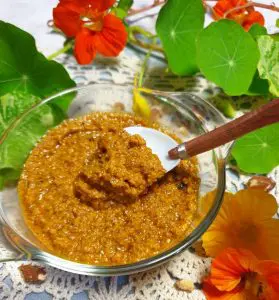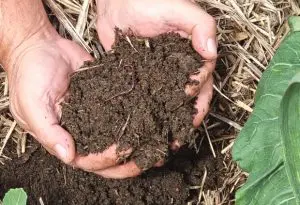If you’re a beginner gardener & not quite sure how to start….this one’s for you! While more and more people are turning to food gardening to beat cost-of-living price rises, gardening should also feel like an enjoyable hobby, so it’s best if you can set your garden up the right way straight off so it stays fun for the long run.
Here, we cover a few important points to consider when first starting your vegetable gardening journey. No matter what your age, ability, location or available space, these basics apply to everyone. To that end, let’s have a look at the 6 rookie mistakes that beginner gardeners might make and how to fix them.

Poor Location
For home food gardening to be successful, it needs to be easy and convenient. This means you need to locate your garden beds in a part of the yard that is quick & easy for you to access. The old adage ‘out of sight, out of mind’ definitely rings true when it comes to gardening, and a vegetable garden will quickly fail if left unattended. Having a garden that is easy to access makes gardening a much more enjoyable experience, and if a task is visible & feels like it’ll be easy to do, then you’ll do it. Not to mention, you want to have herbs & veggies close by when you need to pick some last-minute dinner ingredients.
Incorrect Bed Placement
When choosing the site/s for your garden beds it’s very important to place them according to sunlight requirements. Most vegetables need at least 6 hours of direct sun per day, so knowing exactly where the sun and shade occurs in your yard at different times of the year is crucial. Take the time to get it right before you start, by checking where the sun falls at 8am, midday and 4 pm, and remember that in winter, the sun is weaker, sits lower in the sky, and there are less hours of daylight.
If you’re not sure, don’t rush into it– there’s nothing worse than having to move entire garden beds! Every house is different and has unique microclimates, and it can take some time to really get to know your growing environment. You can always try growing in large pots or small portable beds that you can move around until you make firm decisions about what is best.


Making Watering Difficult
Making your garden hard to water is up there with making the beds hard to access. I learnt the hard way when I first started, that if your hose doesn’t easily reach your beds, the plants won’t be very successful. If you have to carry water to your garden beds in buckets, for example, you’ll find it’s really hard to expend that extra effort on a consistent basis. Ultimately, there’s a good chance that your plants won’t grow to their full potential because they’re not getting as much water as they should, so make sure you plan for water accessibility early on.


Planting in the Wrong Season
There’s a reason for all those planting guides you see out there online- they’re important! Nothing will set you up for failure more quickly than planting veggies outside their preferred growing temperature range.
When you live in a warm climate, it’s easy to get fooled into trying to grow anything any time, because there are no frosts that define your growing seasons. While a warm climate does allow you to extend your growing seasons, and some crops will survive when grown in the wrong season, they won’t thrive, and there’s a very big difference between the two. Information on the back of seed packets and commercial plant labels can be very vague, so be sure to look up a detailed planting guide that is specific to your climate (like ours for the subtropics) to find out what to plant & when.

Not Mulching
Mulching is one of the most important things you can do for your vegetables as it has a myriad of benefits. Mulching simply means adding a protective layer of organic material across the top of the soil. Mulch will be made from different things in different areas; for example here in seQLD we usually use sugar cane mulch as it is cheap and plentiful. Other countries or regions may find that bark chips, straw, leaves, pea straw or even lawn clippings are more plentiful.
Mulching reduces moisture evaporation, protects the soil, reduces the need for watering, adds some nutrition, slows weed growth, and slows the spread of disease- the latter because it reduces the amount of water splashing on lower leaves when watering. Apply mulch seasonally or as required in a thick layer (at least 2″), to all pots, grow bags and garden beds.

Planting What You Don’t Eat & Too Close Together
In a nutshell, you’ll do a better job of growing something that you’re looking forward to eating, because a big part of the satisfaction of food gardening is reaping that harvest reward! It’s very easy to get carried away with growing unusual plants, or aaaaaalll of the plants, but that excitement can fizzle out fast when results prove disappointing. So start small, focus on your faves, and only take on as much as your schedule allows.
It’s also easy to plant too many seedlings too close together, because it’s hard to visualise just how big some veggies can get when you’ve never gardened before. While there is definitely something to be said for crowd-growing, if you take it too far your plants will end up so busy competing with each other for light, space, water & nutrients that you’ll end up with a poor crop.











